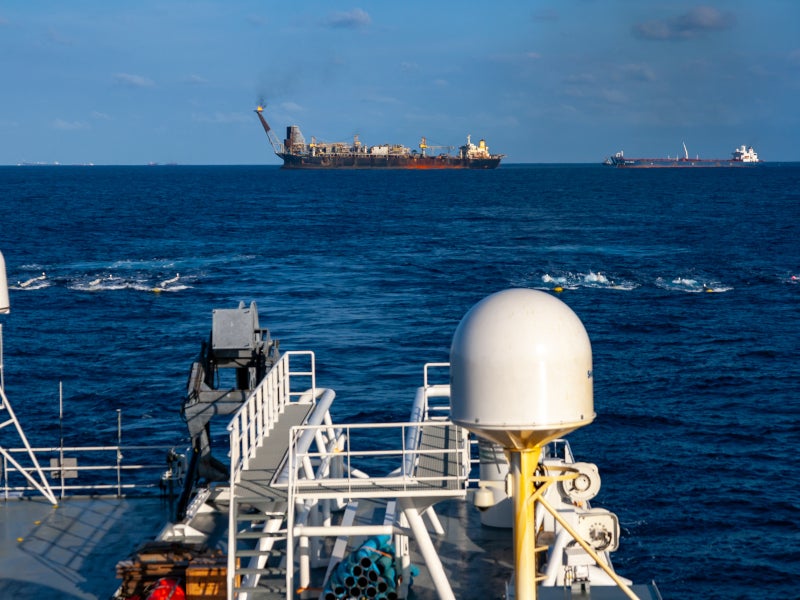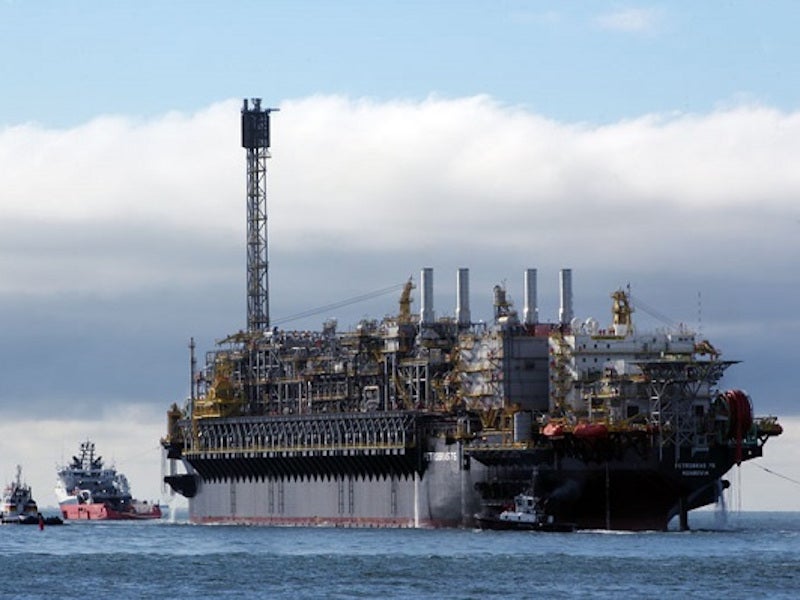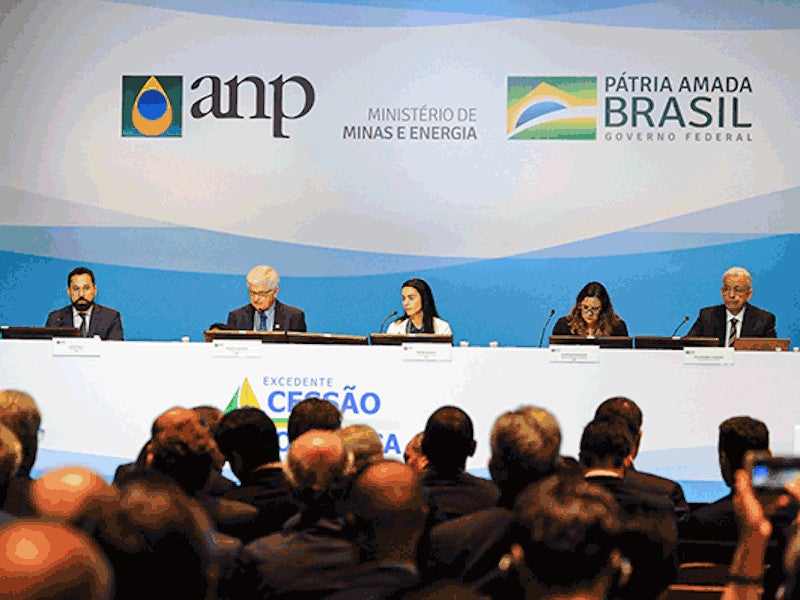Buzios, formerly known as Franco, is a deepwater oil and gas field located in the pre-salt Santos Basin offshore Rio de Janeiro, in Brazil. It is claimed to be the world’s biggest deepwater discovery to date.
Owned and operated by Brazilian state-owned oil company Petroleo Brasileiro (Petrobras), the Buzios field was discovered in 2010 and brought on stream in April 2018.
The giant Buzios field reached a peak production of 640,000 barrels of oil per day (bopd) from the four operating floating production, storage and offloading units (FPSOs) in March 2020. The offshore field has already produced in excess of 100 million barrels of oil and gas equivalent since it produced the first oil in April 2018.
Buzios produces light oil from high productivity wells with a lifting cost as low as $4 per barrel.
Petrobras is planning to expand the field by adding one more FPSO in the field in 2022. It announced a multi-billion dollar investment on exploration and production-related activities at the field as part of its five-year strategic plan from 2020 to 2024 in December 2019.
Location and discovery
The Buzios oil and gas field is located in the pre-salt region of the Santos Basin, approximately 200km off the coast of Rio de Janerio. The water depths at the Buzios field area range between 1,900m and 2,100m.
The deepwater field was discovered by the 2-ANP-1-RJS (Franco) discovery well in 2010 that pumped oil at a rate of 50,000 barrels of oil equivalent per day (boepd).
Buzios field surplus volume
Petrobras entered into the Transfer of Rights agreement with the government of Brazil in 2010 to explore and produce up to 3.058 billion barrels of oil equivalent in the Buzios field.
Petrobras further acquired the exploration and production rights of the Buzios field surplus volume in another Transfer of Rights bidding round held by Brazil’s oil regulator ANP in November 2019.
Petrobras holds a 90% participation interest in the Buzios field surplus volume while Chinese state-owned companies CNODC and CNOOC hold a 5% stake each.
The partners are expected to sign a co-participation agreement to explore and produce the surplus volume at the field by September 2021.
Buzios field production infrastructure
The Buzios field is currently being operated with four FPSO platforms namely P-74, P-75, P-76, and P-77. Each FPSO is capable of processing up to 150,000 barrels of crude oil and 247 million cubic feet (Mcf) of gas a day.
The FPSOs offload oil to lifting vessels, while natural gas is pumped into the existing pre-salt gas pipelines.
The oil field commenced production with the commissioning of the P-74 FPSO in April 2018, while FPSO P-75, connected to ten production wells and seven injection wells, started oil production in November 2018.
FPSOs P-76 and P-77 were commissioned in February 2019 and March 2019 respectively. P-77 is connected to nine production wells and uses eight injection wells, while P-76 is connected to ten producing wells and uses seven injection wells.
The fifth FPSO, named Almirante Barroso MV32, is currently under construction and will start operating in the latter half of 2022. Its processing capacity will be 150,000 barrels of crude oil and 212Mcf of gas a day.
Contractors involved
A consortium of construction companies Norberto Odebrecht, OAS, and UTC Engenharia was contracted by Petrobras to convert four very large crude carriers (VLCC) into hulls for FPSOs P-74, P-75, P-76, and P-77 in May 2012. The value of the contract was £1.05bn ($1.7bn).
GE Oil & Gas received a contract from Petrobras to supply turbomachinery equipment for all the four FPSOs in January 2013. The value of the contract was more than £310.4m ($500m). The equipment supplied included gas turbines, electric generators, and compressors.
A consortium of companies IESA O&G, Queiroz Galvão, and Camargo Corrêa was engaged for the construction, assembly, and integration of the FPSOs P-75 and P-77.
A consortium of Techint and Technip was contracted for hull conversion, module assembly and the final commissioning of FPSO P-76 at Technit offshore unit in Pontal do Paraná in Brazil. The contract scope included building 15 topside modules of P-76.
Mammoet Brazil was sub-contracted by Techint-Technip for the FPSO P-76 module integration.
Topsides of P-74 were constructed by EBR, a consortium formed by Setal and Toyo, while RIG Consortium formed by Queiroz Galvão, Camargo Correa, and IESA was contracted for the construction and integration of the topside modules for P-75 and P-77.
Modec received a contract from Petrobras to supply, charter, and operate the fifth FPSO in the Buzios field in September 2019. The charter period will be for 21 years.
Veolia Water Technologies was subcontracted by Modec for the supply of a seawater treatment package for the fifth FPSO of the field in January 2020.





